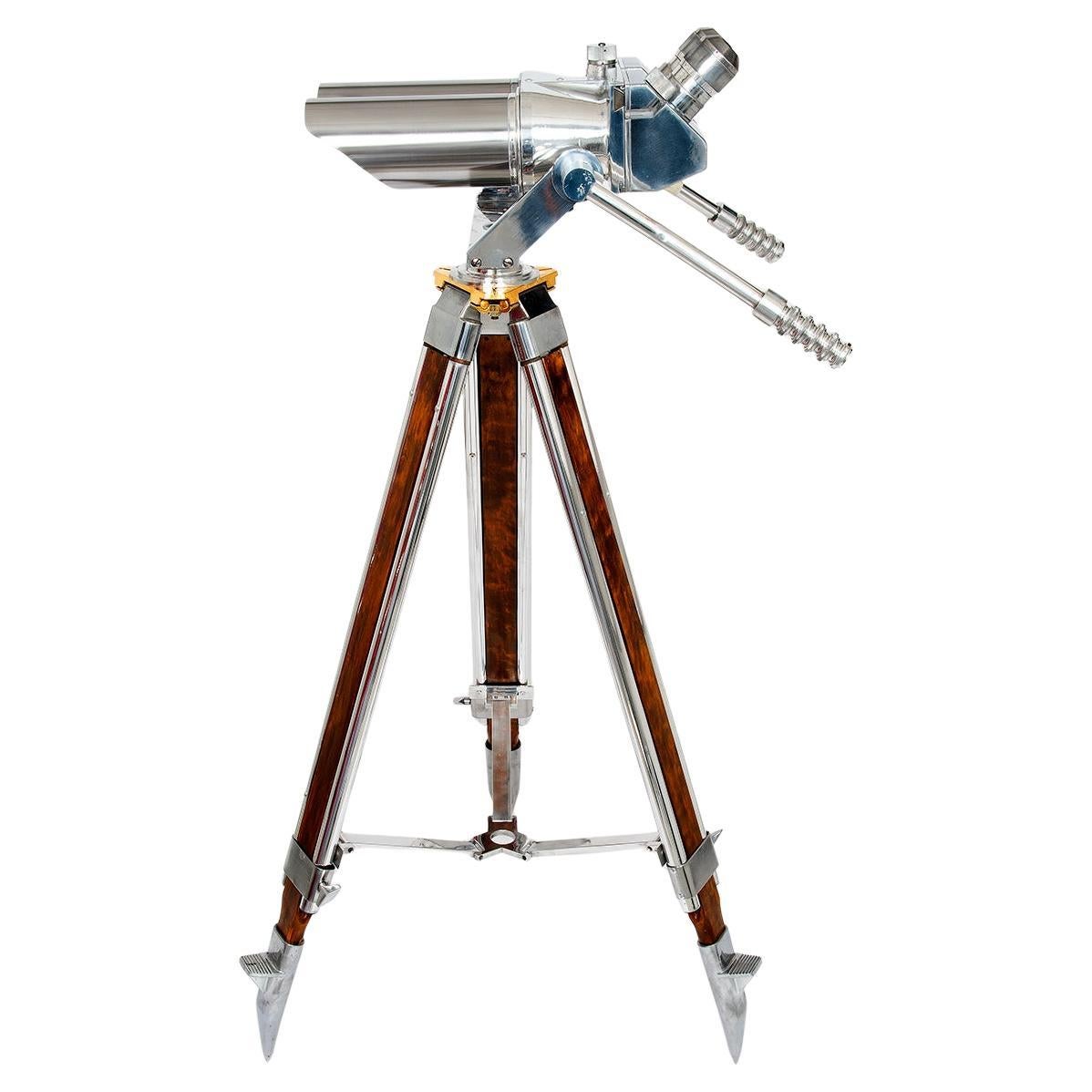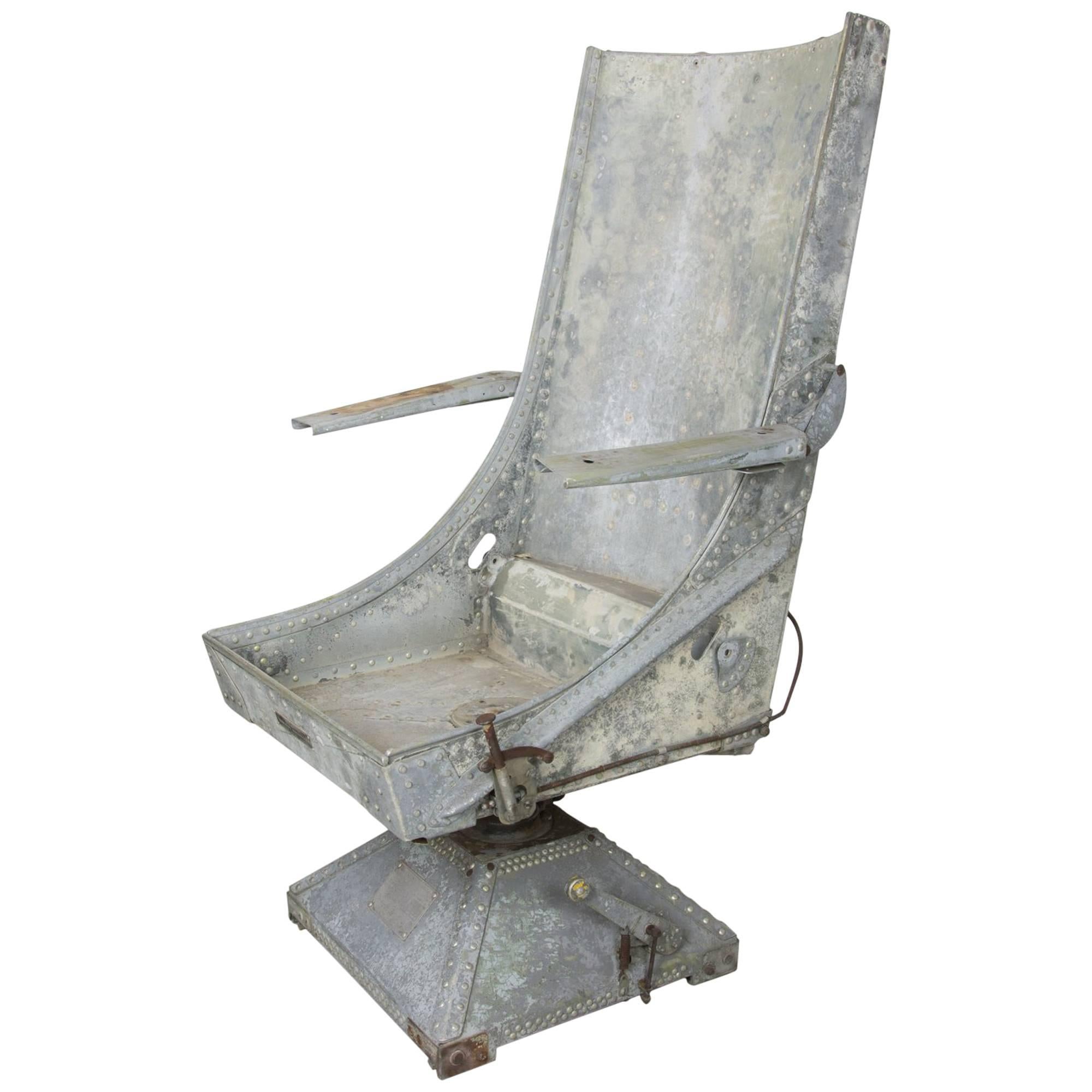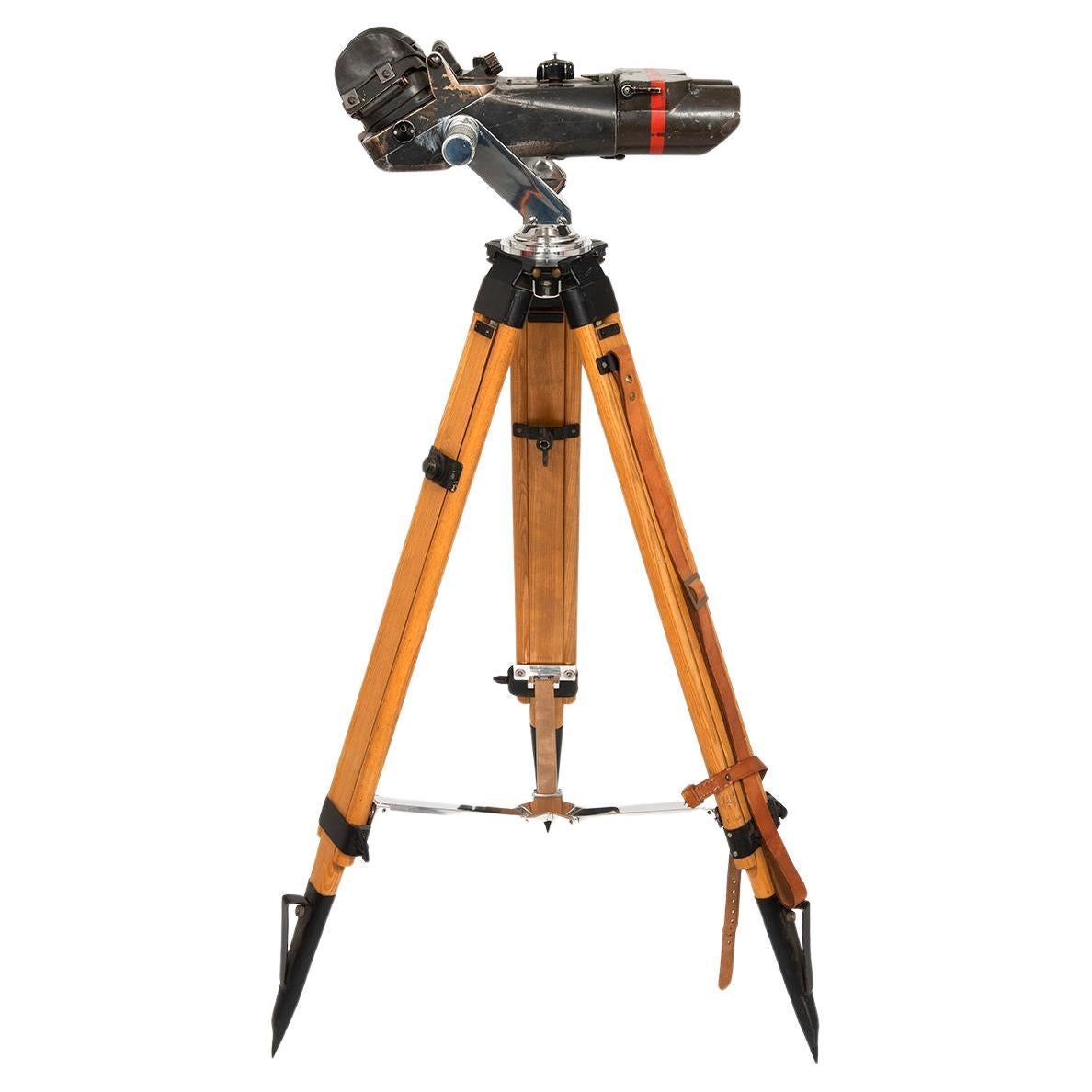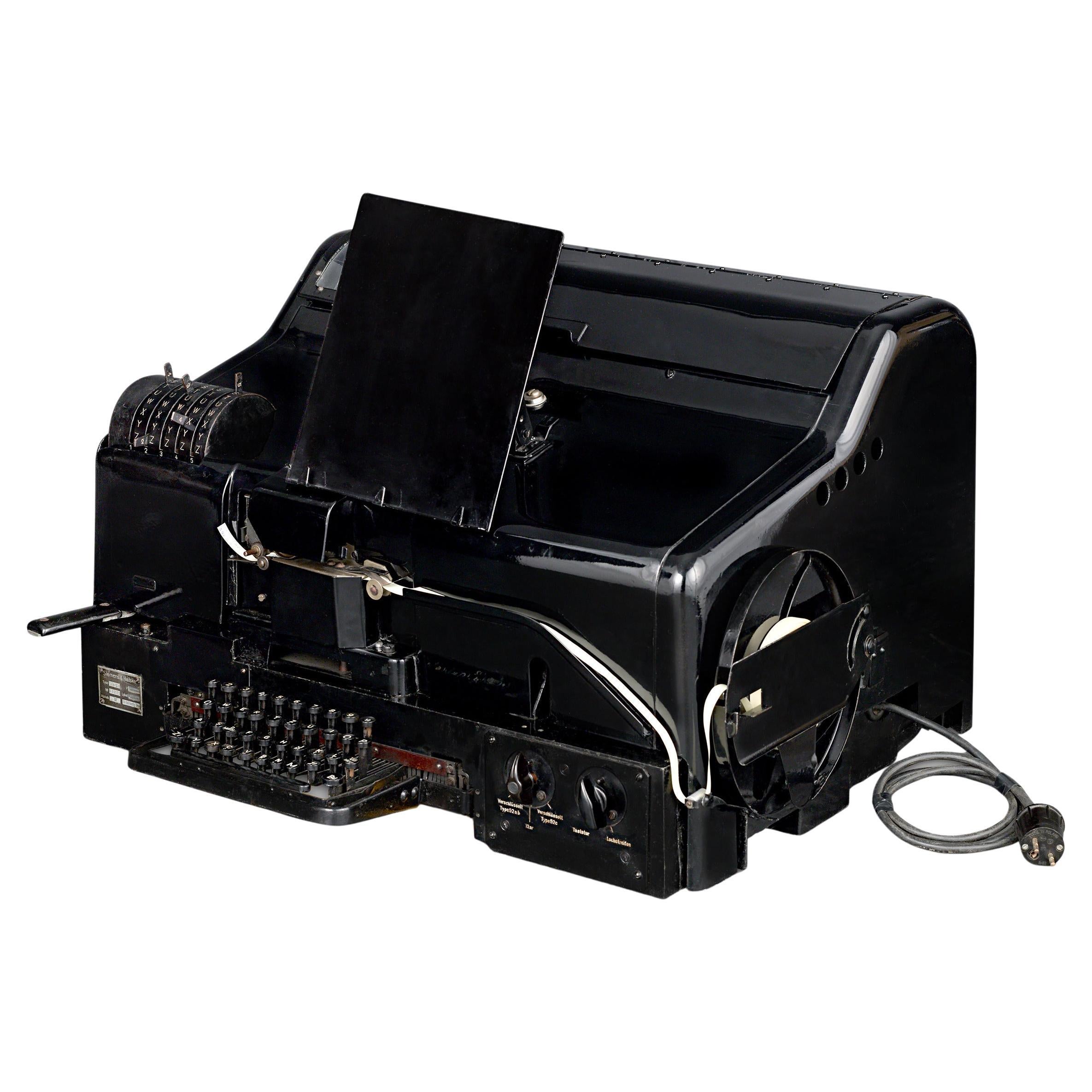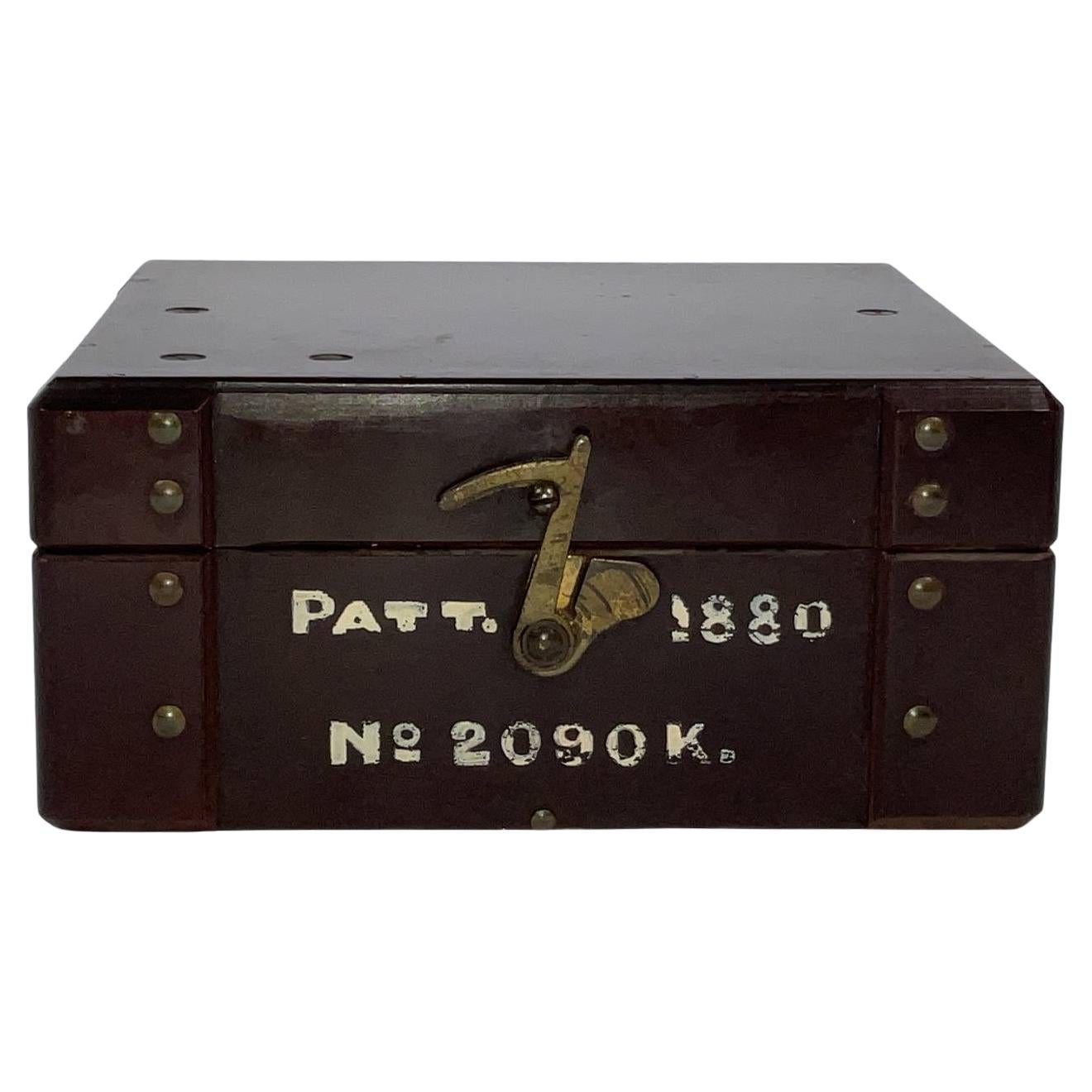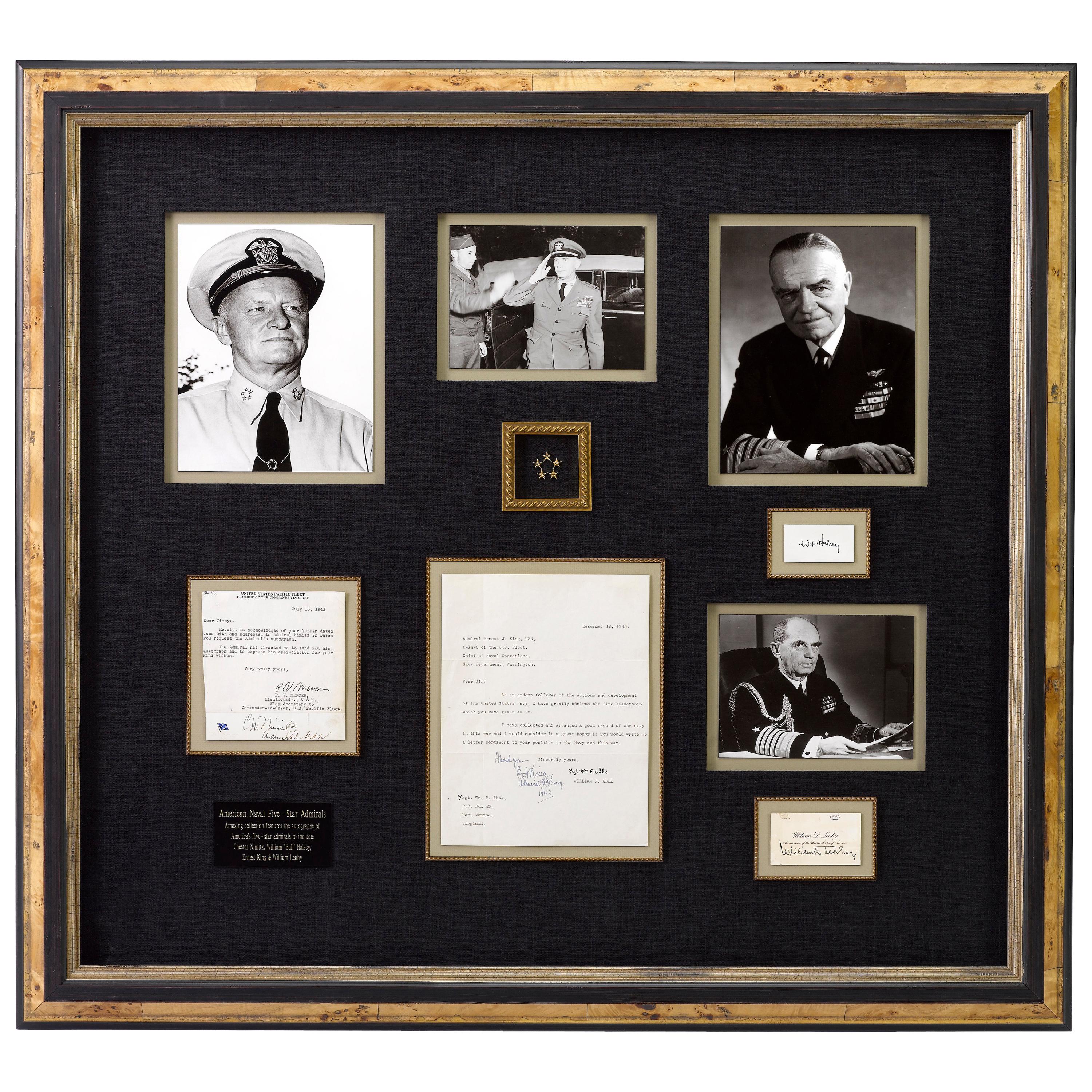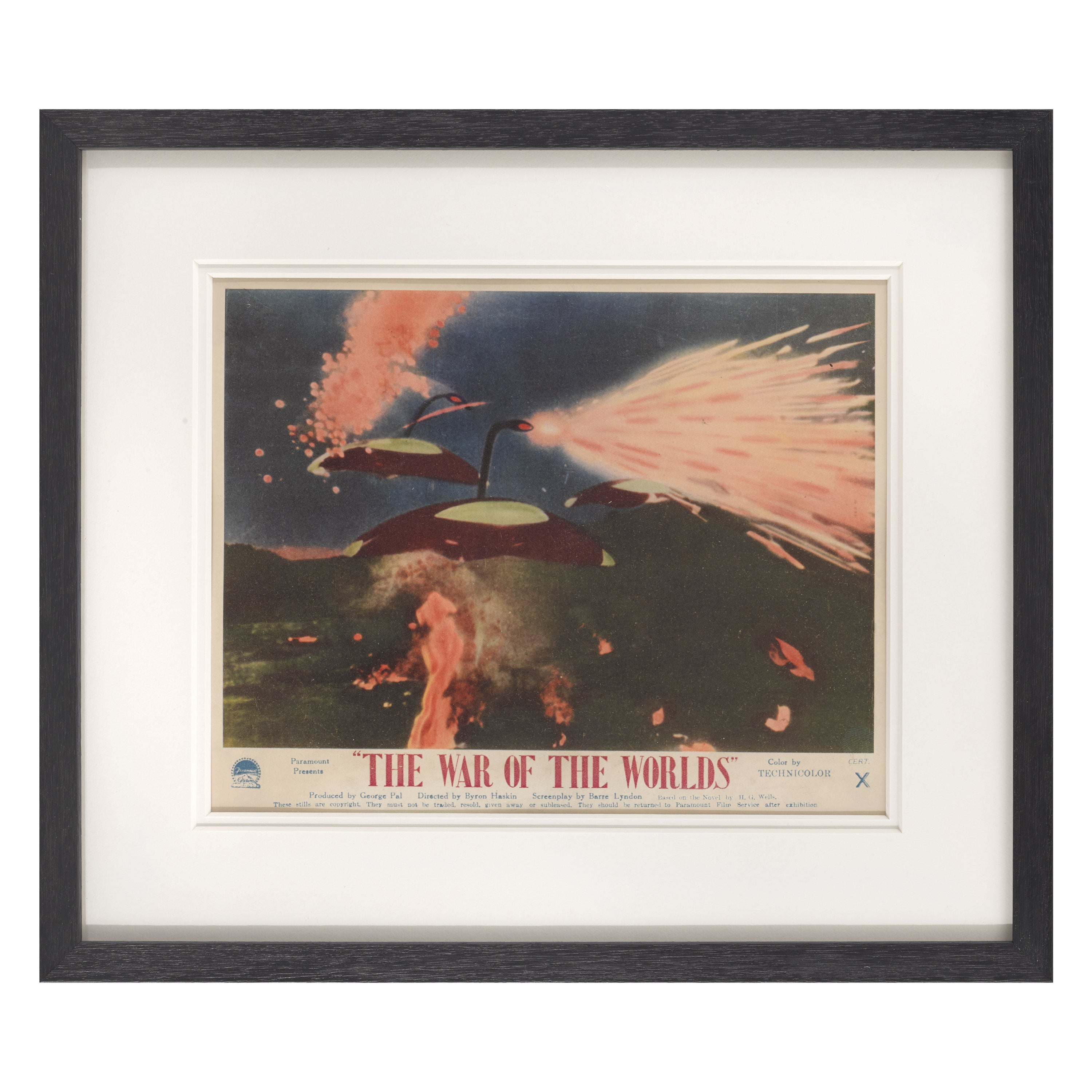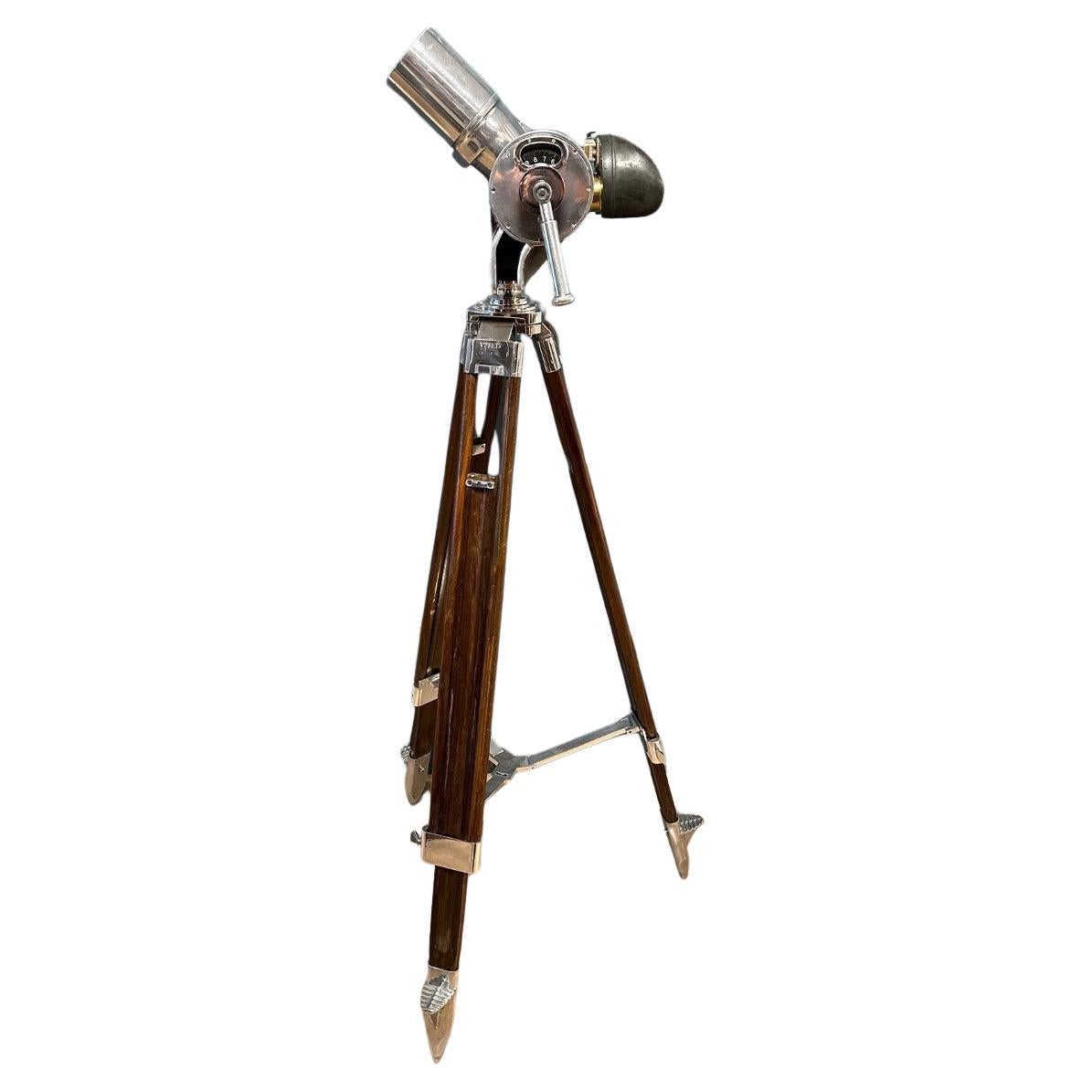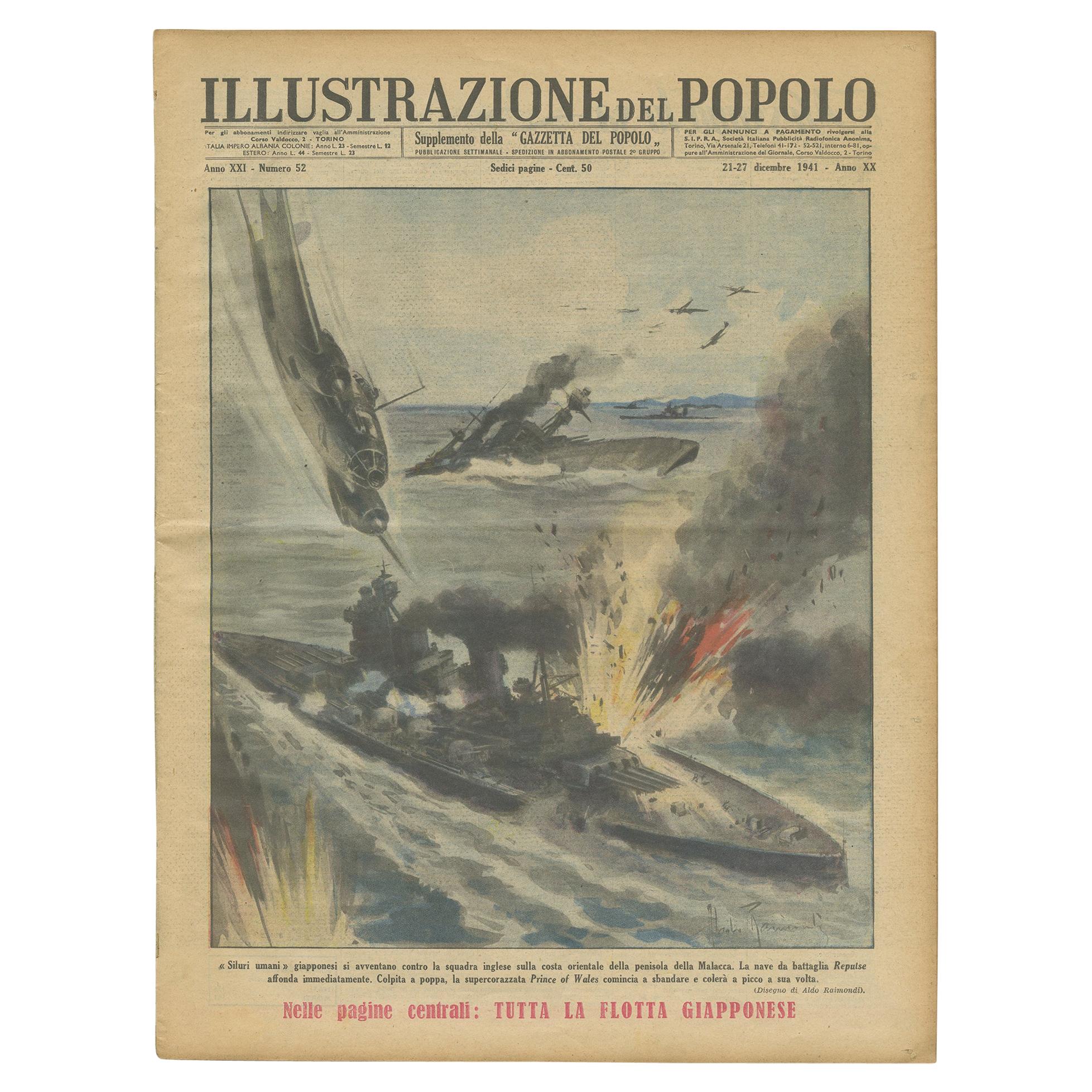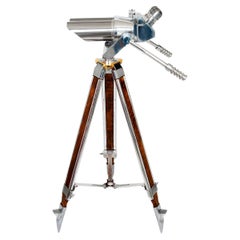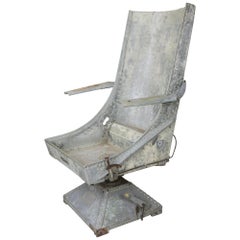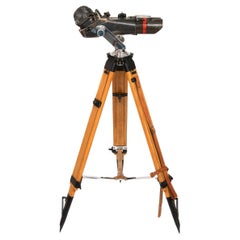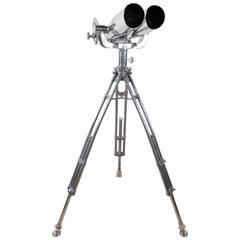
World War II Japanese Binoculars
View Similar Items
1 of 7
World War II Japanese Binoculars
About the Item
- Dimensions:Height: 65 in (165.1 cm)Width: 38 in (96.52 cm)Depth: 31 in (78.74 cm)
- Style:Mid-Century Modern (Of the Period)
- Place of Origin:
- Period:
- Date of Manufacture:1940s
- Condition:Fully restored bringing the glass and filters back to original precision and sharpness. Hand polished revealing the authentic finish.
- Seller Location:Aspen, CO
- Reference Number:1stDibs: LU153527857873
Authenticity Guarantee
In the unlikely event there’s an issue with an item’s authenticity, contact us within 1 year for a full refund. DetailsMoney-Back Guarantee
If your item is not as described, is damaged in transit, or does not arrive, contact us within 7 days for a full refund. Details24-Hour Cancellation
You have a 24-hour grace period in which to reconsider your purchase, with no questions asked.Vetted Professional Sellers
Our world-class sellers must adhere to strict standards for service and quality, maintaining the integrity of our listings.Price-Match Guarantee
If you find that a seller listed the same item for a lower price elsewhere, we’ll match it.Trusted Global Delivery
Our best-in-class carrier network provides specialized shipping options worldwide, including custom delivery.You May Also Like
Second World War 10 x 80 Binoculars, Hensoldt Wetzlar
Located in Oxfordshire, GB
German Hensoldt Wetzlar Observation Binoculars, 10 X 80.
A pair of German ex-military observation binoculars mounted on a modern aluminium cradle and gimble with vintage adjustable w...
Category
20th Century German Scientific Instruments
Materials
Aluminum
World War II Era 10 x 80 Binoculars by Jos Schneider & Co (Kreuznach, Germany).
By Schneider
Located in Canterbury, England
WW2 era 10 x 80 Binoculars by Jos Schneider & Co (Kreuznach, Germany). These Jos Schneider & Co DKL Binoculars were utilised by Luftwaffe Flak Artillery ground crews for spotting and...
Category
Vintage 1930s Historical Memorabilia
Materials
Wood
World War II Air Crewman's Seat.
Located in Asbury Park, NJ
Rare aircrew seat by Aircraft Mechanics Inc. with swivel base. The body is riveted, galvanized, and well patinated. Adjustment levers have faded bright yellow spherical knobs. Ready ...
Category
Vintage 1930s American Industrial Armchairs
Materials
Aluminum
Zeiss German Jumelles World `War 2, 12 x 60 Binoculars. Exceptional Optics.
By ZEISS
Located in Canterbury, England
Zeiss German Jumelles WW2 12 x 60 Binoculars .
These Zeiss Binoculars were primarily used by Luftwaffe Flak Artillery ground crews for spotting and identifying enemy aircraft and directing the crew served Rangefinders, Searchlights and Flak Cannons of the Anti-Aircraft batteries based around many German and occupied ports, cities and industrial centres. Due to their superb optics they naturally also proved useful on the battlefield for tactical observation and from the outset of 1939 were used in many theatres of war by the German Army.
Presented here are a very high quality set of binoculars, manufactured by Zeiss bearing the marker of 'Jumelles 12 x 60' , indicating that they would have been made between 1942 and 1944 in occupied France. This set are unpolished in original dark grey with red stripe and are fitted to a polished cradle. They are fitted with adjustable and variable light shades (marked farbglasser) for use in all daytime and darker light conditions and have the later war style rain shield...
Category
Vintage 1940s Other Historical Memorabilia
Materials
Aluminum
World War II Ten-Rotor T52 Enigma Machine
Located in New Orleans, LA
Ten-Rotor T52 "Geheimschreiber" Cipher Machine
Dated 1944
This extraordinary Ten-Rotor T52 Cipher Machine, also known as the Geheimschreiber, represents the pinnacle of German wartime cryptography and stands as one of the rarest encryption devices from World War II. Manufactured in 1944 during the final phase of the conflict, this sophisticated cipher machine—codenamed "Sturgeon" by Allied intelligence—was exclusively deployed in high-level German command centers for their most sensitive communications. Its exceptional historical significance and extreme rarity make it arguably the most important cryptographic artifact available to private collectors today.
The T52 presents a commanding physical presence that reflects its technological sophistication. Substantially larger and more complex than standard three or four-rotor Enigma machines, this teleprinter-based device features an imposing mechanical construction with ten precisely engineered rotating pinwheels arranged in intricate patterns. Its comprehensive keyboard system and internal mechanical components demonstrate the extraordinary engineering achievements of wartime German cryptographers. The machine's robust metal casing, designed for operational durability in high-command environments, remains in remarkable condition, preserving its historical integrity.
The T52 series, manufactured by Siemens & Halske in Berlin, represented a family of cipher machines that evolved through several increasingly complex models. Unlike the simpler Enigma machines which required manual operation, the T52 functioned as an online teleprinter encryption system capable of automatically processing high volumes of communications at 50 baud (approximately 66 words per minute). This automation allowed for real-time secure communication between German high command centers, with messages encrypted and decrypted without the need for time-consuming manual transcription—a revolutionary advancement in wartime communication security.
Developed for exclusive use by the Luftwaffe and German Navy high command, the T52 represented such a formidable cryptographic challenge that Bletchley Park...
Category
20th Century German Historical Memorabilia
Materials
Metal
British Military World War II Azimuth Circle in Box
Located in Norwell, MA
Vintage British military issue pattern 1880 Azimuth Circle in its original case with original paint on the circles and its filter frame. Lacquered brass trim. The sturdy timber box h...
Category
Antique 1880s North American Nautical Objects
Materials
Wood
Recently Viewed
View AllMore Ways To Browse
Binoculars Midcentury
Japanese Binoculars
1960s Metal Benches
1960s Swivel Chairs Pair
54 Round Dining Table
7 Chair Fritz
70s Console Table
Aluminum Group Desk Chairs By Charles Eames
Antique American Silver Pitchers
Antique Ottoman Silk
Antique Wooden Armchair 20th Century
Art Deco Sterling Silver Silverware
Baker Cocktail Coffee Table
Bent Stainless Steel
Bird Sofa
Black And Gold Lacquer Console
Black And White Tableware
Black Minimal Bench

